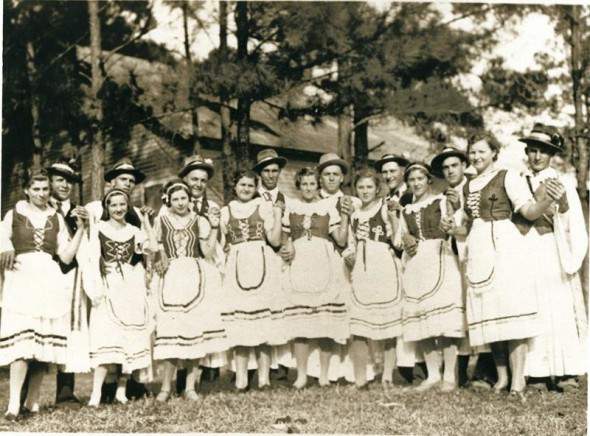Meet the Hungarian folk music and its traditional instruments
The Hungarian folk music is an integral part of the culture of the Hungarians. The development of folk music has always been in parallel with the social and cultural development of the country, thus it is an essential part of the Hungarian identity.
The Hungarians always felt that folk music is a link with the past that they have to continue, preserve and enrich. It is the Asian heritage that has been the nourishing ground for the music, but the European attempts for musical development have also become the motives for the Hungarian folk music. Let’s get to know more about the Hungarian folk music, including its characteristics, the prominent figures in its collection and the typical Hungarian folk instruments.
What are your 1st thoughts when it comes to the Hungarian folk music ? Is it the theme song of the Magyar Népmesék (Hungarian Folktales)?
Or is it the traditional instruments that serve as the background music for social gatherings? In the followings, we are going to examine what folk music is for the Hungarians and what are its particularities.
As mek.oszk.hu reports, Béla Bartók defined folk music in the following way:
“Folk music is the sum of all those melodies which were used in some kind of a human community over a smaller or larger area for a certain length of time, as spontaneous expressions of musical instinct. To put it simply, folk music is composed of melodies which were sung by many people and for a long time.” (Népzenénk és a szomszéd népek zenéje [Our Folk Music and the Folk Music of the Neighbouring Peoples], p. 3, Budapest, 1952.)
What do we know about the origins of the Hungarian folk music?
We would suppose that because of the fact that the Hungarian language is a Finno-Ugric language, it might have some connections with the Finnish music, too. However, according to Ilmari Krohn, who dealt with the collection of Finnish folk songs, it is not possible to draw a parallel between the two nations’ folk music, because the Finnish music is diatonic and among its ancient melodies, there are only examples to pentachord.
In fact, it was two Hungarian composers who decided to carry out a thorough research about the roots of the music, as in the 19-20th century, people started to recognize the importance of the notation and the collection of folk songs. Although these songs existed before as well, but the number of recorded sources were trifling.
As doktar.hagyomanyokhaza.hu and kiszely.hu report, it was Béla Vikár who made a breakthrough in the collection of folk songs by revolutionsising it with the usage of the phonograph.
Therefore, Béla Bartók and Zoltán Kodály, Hungarian composers, guided by Béla Vikár, started their journey to collect folk songs in the 20th century.
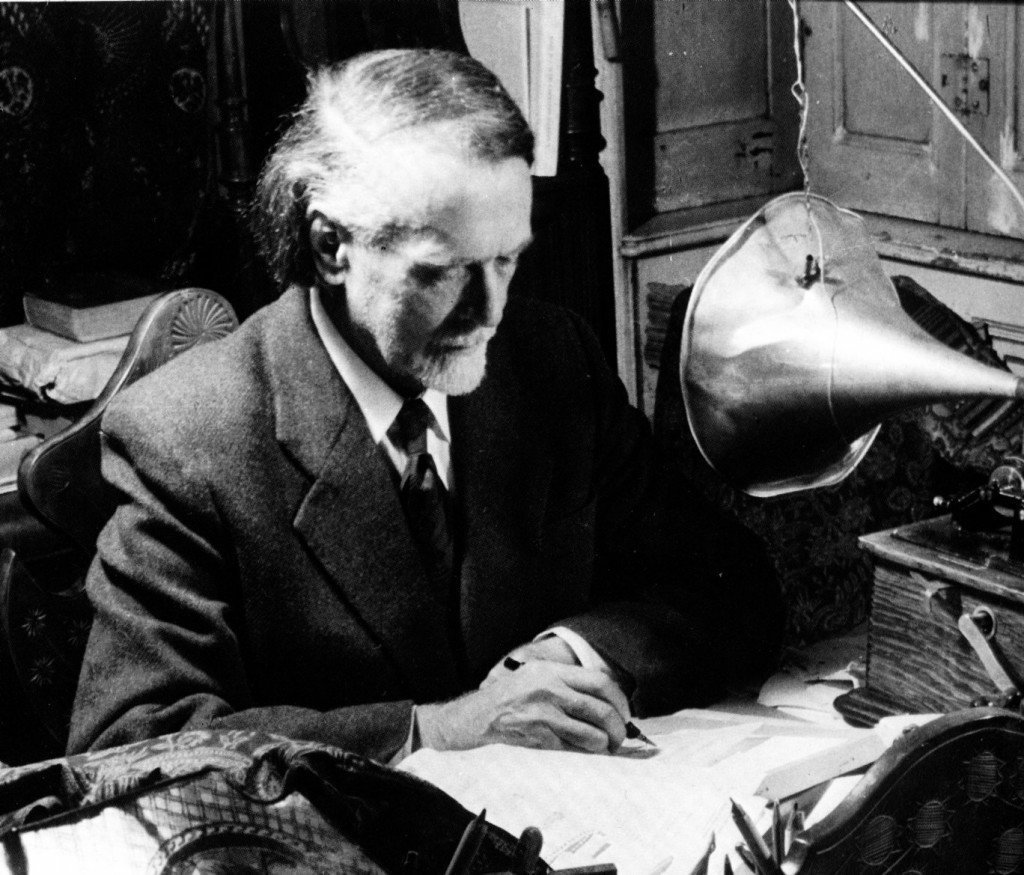
Zoltan Kodaly (1882-1967)
/www.szentesinfo.hu/
They realised that the melodies belonging to the Eastern cultural heritage appeared in the music collection of the Slovaks, the Croatians and the Romanians, too. Béla Bartók pointed out that the evidence he had gathered from around VI-VII AD proves that the ancestors of the yürük coming from Anatolia lived in the territories between Europe and Asia. Therefore, they lived close to the ancestors of the Hungarians living next to the Caspian Sea and the Black Sea at that time.
It is clear from this that those characteristics of the Hungarian folk music, that have no relations with the European or the neighbouring nations, have to be Eastern.
In 1982, Du Yaxiong, Chinese music researcher, carried out his research in the Chinese territory populated by Ujgur and Jugar nations. It was him who brought to light that the Jugar and the Hungarian folk songs have much in common: it is not only the pentatoic scale, but the descending melodic line, the quint changes and the recurring melodies that are also among the common characteristics.
What are the particular features of the Hungarian folk music?
- Monophony (unisono) – typical of the Asian nations
- Type of recitation similar to the psalms – also appears in the ancient and modern Asian melodies, like in the folk songs or in the laments
- Lengthened rhythm
- Some Eastern characteristics in the delivery – rubato (literally in robbed time), parlando (delivered or performed in a style suggestive of speech)
- A very small range of diapason (the entire compass of musical tones – Merriam Webster)
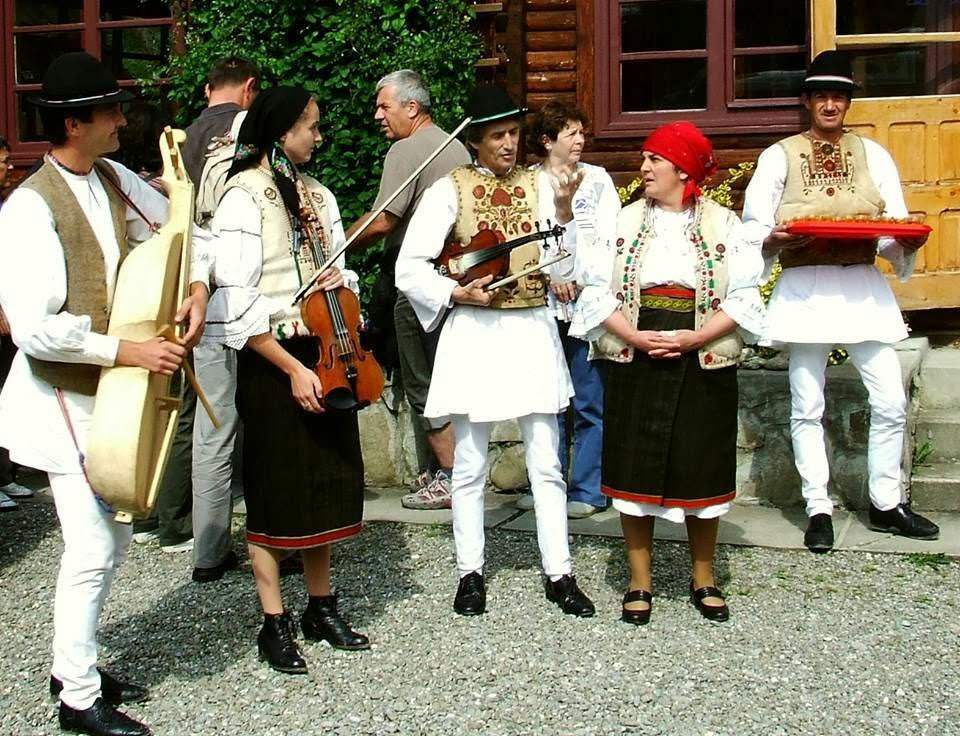
http://emf-kryon.blogspot.hu/2014/03/magyar-nepi-hangszerek.html
Typical folk instruments
1. Hungarian wind folk instruments
whistle (síp): It originates from the eastern dialectal areas from the word sültü. Different types of this instrument exist, for example the lair whistle, the Hungarian folk ocarina or the wooden ocarina.
flute (furulya): It was traditionally used by Hungarian herdsmen for their own enjoyment in the countryside. Herdsmen, mostly in Transdanubia, also decorated their instruments with ornaments. These days, it is taught as the most widespread musical instrument in Hungarian primary schools.

http://mek.oszk.hu
herdsmen’s horn (tülök): It is not really a musical instrument but more like an object to give signals. It is the horns of the gray Hungarian cattle that are mostly used for it.
bagpipe (duda): Its role was to provide the background music at church services like during the hymnodies. The instrument consists of a large leather bellows (mostly from sheep or goat skin) and a pipe. It is usually named after the animal which skin is used for the bellows.
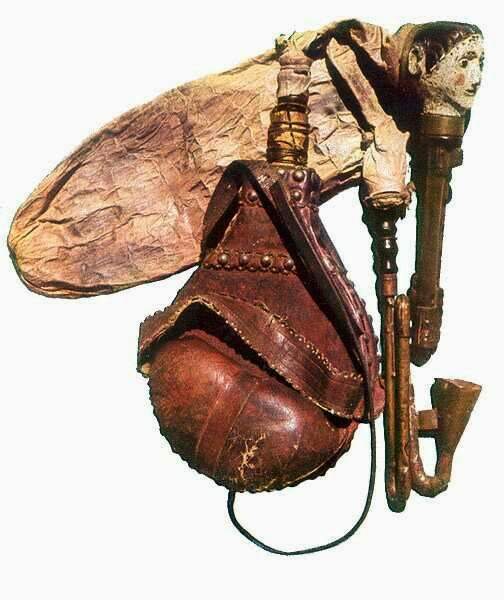
The well-known bagpipe /http://emf-kryon.blogspot.hu/2014/03/magyar-nepi-hangszerek.html/
2. Hungarian string instruments
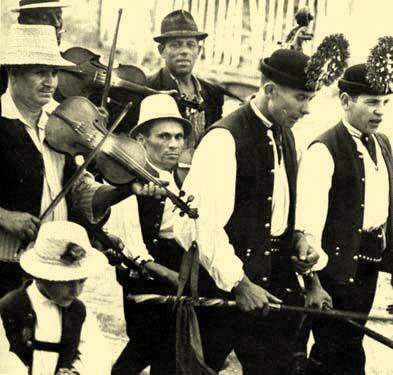
http://mek.oszk.hu
tamburica (tambura): A long-necked lute most probably coming from Southern Turkestan. Originally, it was not only struck but hit as well by the palms to give rythm to the songs.
hurdy-gurdy (tekerőlant / nyenyere): Most probably, this is a European instrument. Its shape is similar to a cello, but it operates similarly to a piano only requiring the left hand of the musician to press the keyboard while the right hand turns the wheel.
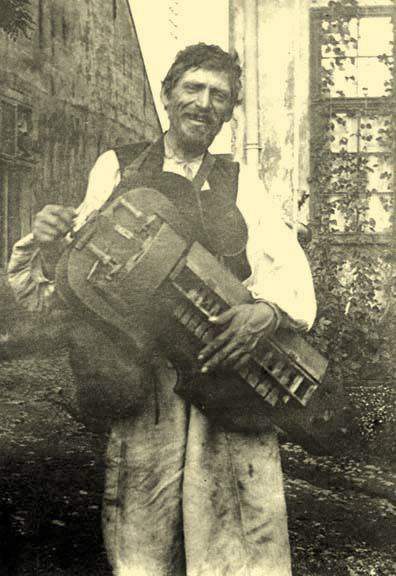
Hurdy-gurdy /http://mek.oszk.hu//
ziter (citera): Originally, it was played by standing up and holding the instrument. Later on, it was a regular thing to sit down while playing. It was the ziter that gave the background music for gatherings where people danced to the music, too.

http://mek.oszk.hu
zymbalon (cimbalom): This instrument originates from Mesopotamia and it gave the accompanying music in church services. To produce the melody, it was beaten with wooden beaters.
These are the most important instruments present in the Hungarian folk music. Of course, violins, cellos, guitars and many others can also be mentioned, but these are less typical only of the Hungarian nation. Folklore is what keeps the nation together, be it folklore music or dance, and hopefully, the future generations would also continue and enrich these unique Hungarian traditions.

A traditional wedding with folk musicians /http://mek.oszk.hu/
For an instrument that is interesting and unique, but didn’t originate from Hungary, check out the soothing sound of the handpan.
If you feel like getting into a folk song mood, you might also find the following video by the Csík Band interesting:
https://www.youtube.com/watch?v=D6RaU9n4ZuI
Fetured image: www.hungarianmuseum.com
Source: http://mek.oszk.hu; doktar.hagyomanyokhaza.hu; kiszely.hu
please make a donation here
Hot news
Exclusive scoop! Sex and the City secrets revealed as Candace Bushnell comes Budapest
Hungarian Minister Nagy claims: Wages in Hungary far outshine Romania’s
Hungarian forint hits new 2-year low against the euro, attempts to recover
BREAKING! Travel chaos as trains come to a standstill at major Budapest railway station
Historic moment: permanent Puskás Museum opens its doors in Budapest – PHOTOS
Council approves 2025 EU budget



